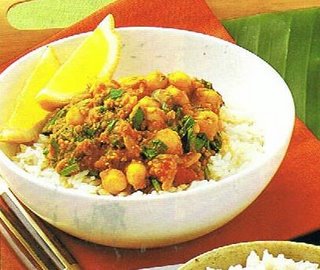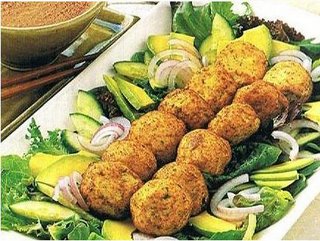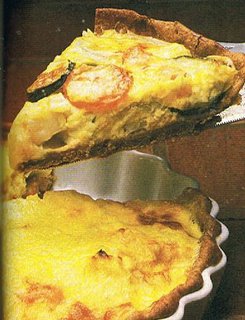Health and a Meatless Diet
Today, With increasing evidence of diet’s critical effect on good health and longevity, more and more people are investigating this question: Is the human body better suited to a vegetarian diet or one that includes meat?
In the search for answer, two areas should be considered the anatomical structure of the human body, and the physical effects of meat consumption.
Since eating begins with the hands and mouth, what can the anatomy of the herbivorous creatures, are designed for grinding and chewing vegetable matter. Humans lack the sharp front teeth for tearing flesh that are characteristic of carnivores. Meat-eating animals generally swallow their food without chewing it and therefore do not require molars or a jaw capable of moving sideways. Also, the human hand, with no sharp claws and with its opposable thumb, is better suited to harvesting fruits and vegetable than to killing prey.
Digesting Meat
Once within the stomach, meat require digestive juices high in hydrochloric acid. The stomachs of humans and herbivores produce acid less than one-twentieth the strength of that found n carnivores.
Another crucial difference between the meat-eater and the vegetarian is found in the intestinal tract, where the food is further digested and nutrients are passed into the blood. A piece of meat is just part of corpse, and its putrefaction creates poisonous wastes within the body. Therefore meat must be quickly eliminated. For this purpose, carnivores posses alimentary canals only three times the length of their bodies. Since man, like other non-flesh-eating animals, has an alimentary canal twelve times his body length, rapidly decaying flesh is retained for a much longer time, producing a number of undesirable toxic effects.
One body organ adversely affected by these toxins is the kidney. This vital organ, which extracts waste from the blood, is strained by the overload of poisons introduced by meat consumption. Even moderate meat-eaters demand three times more work from their kidneys than do vegetarians. The kidneys of a young person may be able to cope with this stress, but as one grows older the risk of kidney disease and failure greatly increases.
Nutrition Without MeatMany times the mention of vegetarianism elicits the predictable reaction, “ What about the elephant? And the bull? And the rhinoceros?” The ideas that meat has a monopoly on protein and that large amounts of protein are required for energy and strength are both myths. While it is being digested, most protein breaks down into its constituent amino acids, which are reconverted and used by the body for growth and tissue replacement. Of these twenty-two amino acids, all but eight can be synthesized by the body itself, and these eight “essential amino acids” exist in abundance in nonflesh foods. Dairy products, gains, beans, and nuts are all concentrated sources of protein. Cheese, peanuts, and lentils, for instance, contain more protein per ounce that hamburger, pork, or porterhouse steak. A study by Dr. Fred Stare of Harvard and Dr. Mervyn Harding of Loma Linda University made extensive comparison between the protein intake of vegetarians and flesh-eaters. They concluded that “ each group exceeded twice its requirement for every essential amino acid and surpasses this amount by large margins for most of them.”
For many Americans, protein make up more than twenty percent of their diet, nearly twice the quantity recommended by the World Health Organization. Although inadequate amounts of protein will cause loss of strength, excess protein cannot be utilized by the body; rather, it is converted into nitrogenous wastes that burden the kidneys. The primary energy source for the body is carbohydrates. Only as a last resort is the body’s protein utilized for energy production. Too much protein intake actually reduces the body’s energy capacity. In a series of comparative endurance tests conducted by Dr. Irving Fisher of Yale, vegetarians performed twice as well as meat-eaters. By reducing the nonvegetarians’ protein consumption by twenty percent, Dr. Fisher found their efficiency increased by thirty-three percent. Numerous other studies have shown that a proper vegetarian diet provides more nutritional energy that meat. Furthermore, a study by Dr. J. Iotekyo and V.Kipani at Brussels University showed that vegetarians wee able to perform physical tests two to three times longer than meat-eaters before exhaustion and were fully recovered from fatigue in one fifth the time needed by the meat-eaters.
Vegetarian RecipeMinestrone Soup2 tablespoons olive oil
1 cup tomato (skinned and chopped)
1/3 cup garbanzo beans (soaked overnight)
1/4 cup basil leaves
1 parsley spring (chopped)
9 cups water
1 carrot (peeled and diced)
1 celery stalk (diced)
1 cup shredded cabbage
salt
freshly ground peper
1/2 cup barley
1/2 cup Parmesan cheese
1/2 teaspoon hing
Heat oil in large saucepan, add hing and cabbage. Saute for 1 minute.
Add tomatoes, chickpeas, basil, parsley, and water.
Bring to boil, cover, and simmer for 1 hour.
Add carrots and celery, and cook for 20 more minutes.
Add remaining ingredients, except for cheese. Cook 45 more minutes. Add salt to taste.
Let the soup stand for 15 minutes. Stir in Parmesan cheese and serve hot.
Serves 6.






